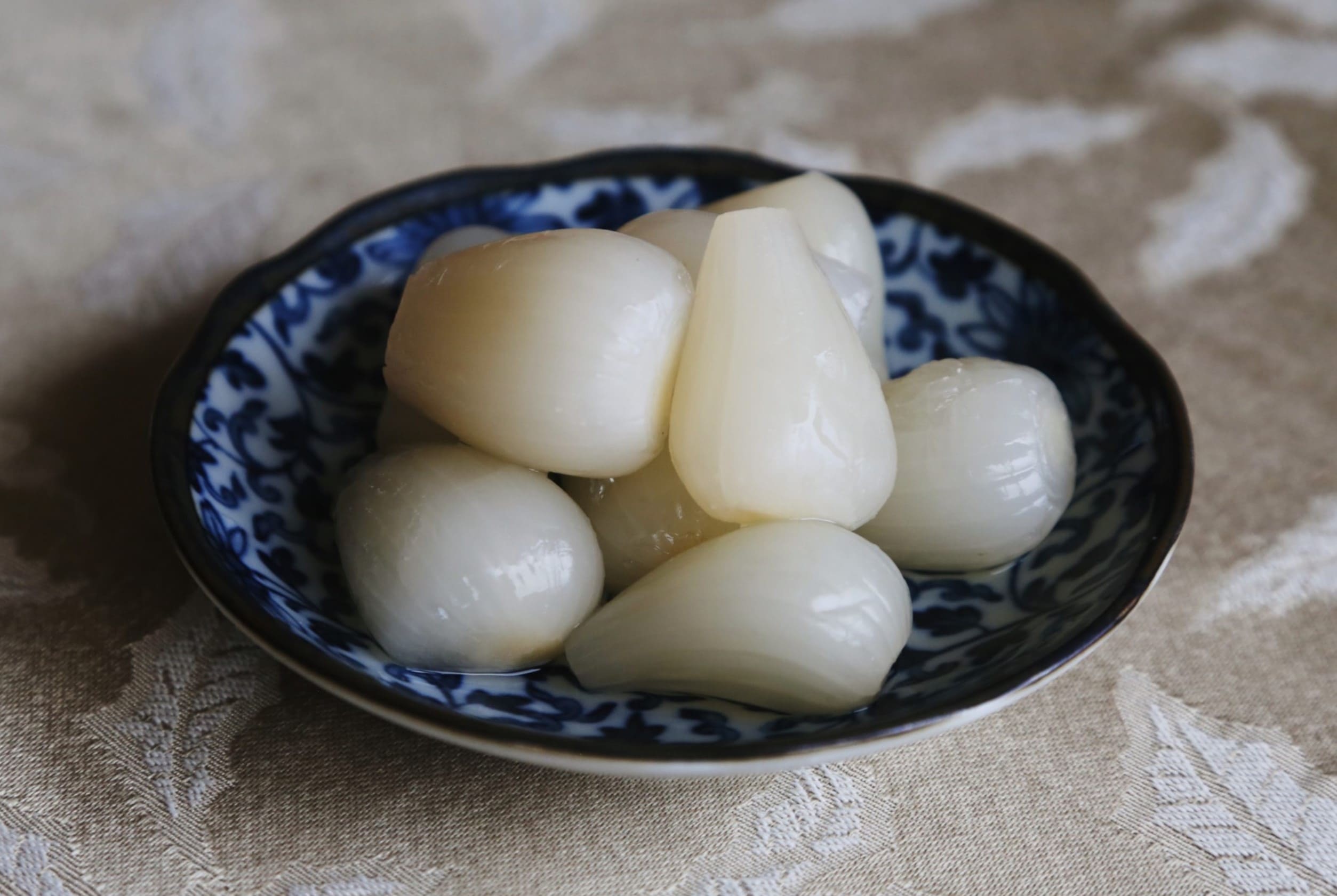
Rakkyo, also known as Japanese scallions or Chinese onions, are small, bulbous vegetables often used in Asian cuisine. These crunchy delights are not only tasty but also packed with health benefits. Rakkyo can be pickled, stir-fried, or added to soups, making them a versatile ingredient in many dishes. But what makes them so special? Rakkyo are rich in dietary fiber, vitamins, and minerals, which contribute to better digestion and overall health. They also contain antioxidants that help fight free radicals in the body. Curious about how to incorporate Rakkyo into your meals or want to learn more about their benefits? Keep reading to uncover 15 fascinating facts about this unique vegetable!
Key Takeaways:
- Rakkyo is a nutrient-packed vegetable that's high in fiber, low in calories, and rich in vitamins and minerals. It's a great addition to a healthy diet for digestion and overall health.
- You can enjoy rakkyo in various dishes, from pickled sides to stir-fries and salads. It adds a unique flavor and texture while providing essential nutrients for your body.
What is Rakkyo?
Rakkyo, also known as Japanese scallion or Allium chinense, is a small bulbous plant that belongs to the onion family. It's often used in Japanese, Chinese, and Korean cuisines. Let's dive into some fascinating facts about this unique vegetable.
Nutritional Benefits of Rakkyo
Rakkyo isn't just tasty; it's packed with nutrients that can benefit your health in various ways.
- Rich in Fiber: Rakkyo is high in dietary fiber, which aids digestion and helps maintain a healthy gut.
- Low in Calories: This vegetable is low in calories, making it a great addition to weight-loss diets.
- Contains Antioxidants: Rakkyo is rich in antioxidants, which help combat free radicals in the body.
- High in Vitamins: It contains vitamins A, B, and C, which are essential for overall health.
- Mineral-Rich: Rakkyo provides important minerals like potassium, calcium, and magnesium.
Culinary Uses of Rakkyo
Rakkyo is a versatile ingredient that can be used in various dishes, adding a unique flavor and texture.
- Pickled Rakkyo: One of the most popular ways to enjoy rakkyo is by pickling it. Pickled rakkyo is a common side dish in Japanese cuisine.
- Stir-Fries: It can be added to stir-fries for an extra crunch and a mild onion flavor.
- Salads: Rakkyo can be thinly sliced and added to salads for a refreshing taste.
- Soups: It can be used in soups to enhance the flavor profile.
- Condiments: Rakkyo can be minced and used as a condiment for various dishes.
Growing Rakkyo
Interested in growing your own rakkyo? Here are some facts about its cultivation.
- Climate: Rakkyo thrives in a temperate climate with well-drained soil.
- Planting Season: The best time to plant rakkyo is in the fall, allowing it to grow through the winter.
- Harvest Time: It typically takes about six months for rakkyo to mature and be ready for harvest.
- Propagation: Rakkyo is usually propagated through bulbs rather than seeds.
- Pest Resistance: This plant is relatively resistant to pests, making it easier to grow organically.
The Final Bite on Rakkyo
Rakkyo, those tiny pickled onions, pack a punch in both flavor and health benefits. They’re not just a tasty sidekick to your sushi but also a powerhouse of antioxidants and fiber. Eating rakkyo can help with digestion, boost your immune system, and even lower cholesterol. Plus, they’re super easy to add to your diet. Just toss them in a salad, mix them into a stir-fry, or enjoy them straight from the jar.
These little bulbs have a rich history in Japanese cuisine and are gaining popularity worldwide. Whether you’re a foodie looking to try something new or someone interested in healthy eating, rakkyo is worth a try. So next time you see these pickled delights, grab a jar and give your taste buds and body a treat.
Frequently Asked Questions
Was this page helpful?
Our commitment to delivering trustworthy and engaging content is at the heart of what we do. Each fact on our site is contributed by real users like you, bringing a wealth of diverse insights and information. To ensure the highest standards of accuracy and reliability, our dedicated editors meticulously review each submission. This process guarantees that the facts we share are not only fascinating but also credible. Trust in our commitment to quality and authenticity as you explore and learn with us.


